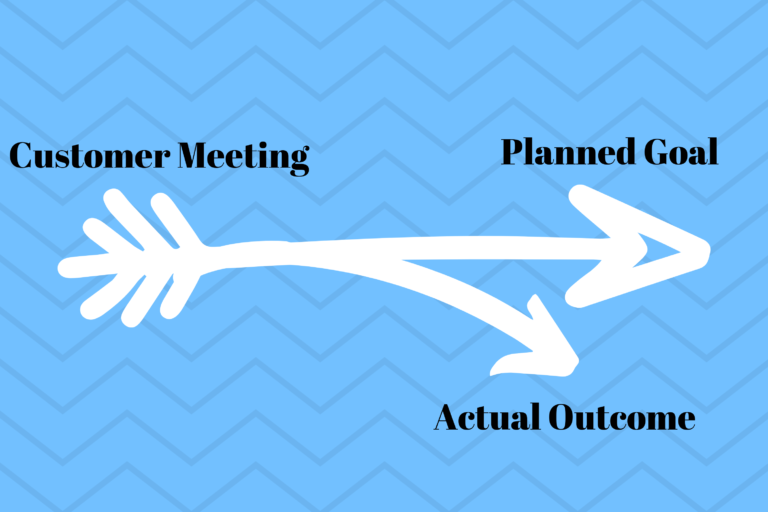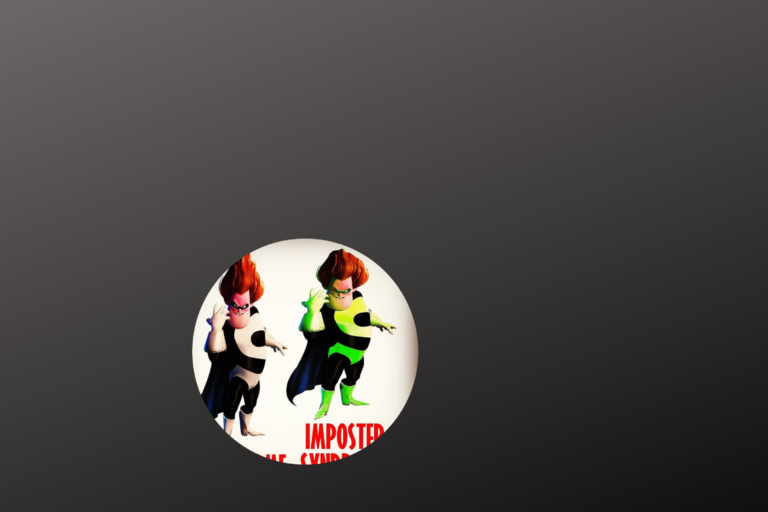Awareness, Discovery, Selling, Agreement, Closed. These are the 5 stages of a sales cycle based on Salesforce.com one of the leading Customer Relations Management (CRM) tools. There may be other stage names out there, but they are all similar and you can map them out easily once these are understood. So let’s get started.

Awareness:
If no one has heard of you, do you exist? If a customer does not know about your company or product, how can they buy from you? It is the salesperson’s job to inform the customer (i.e. your prospect) aware that you, more importantly your company exist, or that you may have a product that would suit them.
Herein lies the caveat. Salespeople may not know if they have a product that would fit a specific customer. As an SE, you will have to be the brain of the operation. You can do your research and figure out who would be a good fit and who would not. That can be done by developing your detective skills and going on a prospect company’s website to look at what kind of products they sell. If you sell routers and switches, you can find new companies that are advertising being a backhaul transport. Or if you are in test and measurement, you can research companies that do a data storage and go onto their websites to gather more info.
Once that is done, the brains (SE) will have to pass on that information to the mouth (the salesperson) who will reach out and say all the right things to get a meeting.
Discovery:
The SE, you, did the initial research in the awareness phase. You still don’t know what they need. Your ideas of what they might need could be accurate, but you need to make confirm that customer is aware of their needs. There could also be some more pain points that you did not think of. So in the discovery phase, as the name would suggest, you discover the needs of the customer. This includes budget, timelines, and technical requirements. Your focus is the technical requirements for a specific problem. In the end, you would need to tie the technical requirements to a business need that the customer has.
With the Salesperson’s help, the SE’s job is to ask questions. In this stage, the SE should not only understand what the customer says they need, but also why they need it. It is important to note that what the customer says they need and why they think they need it do not always match. They could have thought of 1 solution, but the SE may be able to recommend a better solution if he or she understands the why.
Once the needs are understood, it will have to be translated to a solution later to be priced by the salesperson. If the solution is a service, the SE will have to scope out the work probably with a professional service individual.
I have one request here to all SEs and sales people. Don’t spray and pray. Presenting a slide deck of 700 slides that talk about all your products is not really effective. I personally don’t use any slides in a discovery call. I reserve those to the solution proposal or the Demo where I talk a bit on what I am showing them related to their requirements. More on that later.
Then comes the selling part.
Selling
During the Selling stage, the salesperson/SE team will have to present the proposed solution, with the SE focusing more on the technical aspect. The salesperson will focus more on the commercial side of the presentation, such as price. If everything is agreed upon, then a demo can be scheduled, or even the proof of concept (POC).
If the discovery was done right, then you have all the necessary information to tailor the demo or POC to show the customer how your solution will help them save dollars, save time, fix bugs, catch malware, gather information better or does whatever you are trying to prove to them. A canned demo that you use to show the features and benefits is great, but if it is not tailored to their problem and how they can solve it, then it is not as effective.
Agreement:

After the presentation/demo/POC, the sales person will try to get an agreement to buy from the customer. The SE’s job is to answer any technical questions that may have came up after the demonstration to remove any objections the customer might have from a technical perspective. Beyond that, the SE takes a backseat at this point and starts focusing on another opportunity.
Closed:
Closed is when the purchase order is received by the selling company. Before that, even if there is an agreement with the customer that they would buy, the sale is not 100% guaranteed.
The SE role here is to keep in touch with the technical customer, make sure that they are able to use the product well and that all their requirements that you promised to solve have been solved. If the customer is happy, they will refer you to other potential customers, and will be ecstatic to buy more products from you in the future.
In summary, the SE has a role in every facet of the sales cycle. It expands and contracts depending on the Account Managers you work with. If they are technically proficient, then you might not be as involved in the Awareness stage. The only portion of the sales process that the SE should not get involved in is when the conversation turns to pricing.
If you think this post might be useful for anyone, don’t hesitate to share. Also, any comments about your experiences are welcome.


